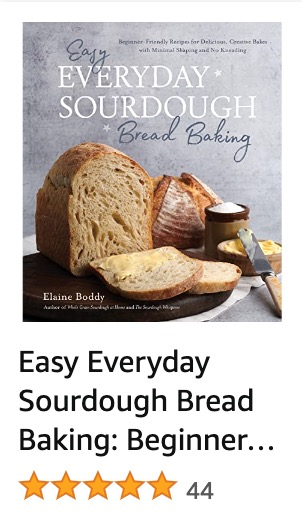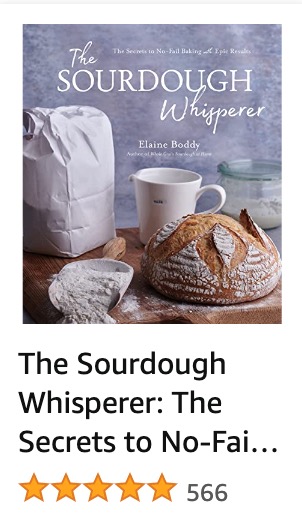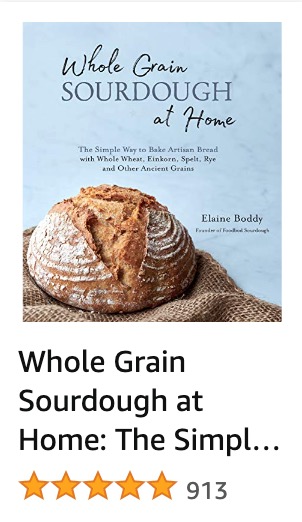The Best Method for Baking Sourdough—Found!
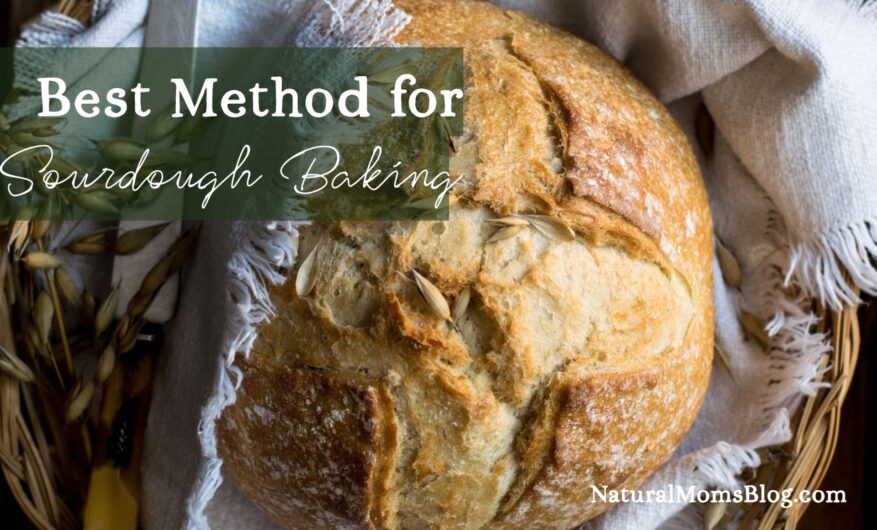
Have you ever wanted to try sourdough baking but found it intimidating? Or have you, like me, tried sourdough baking methods ... only to give up when you couldn't keep up with the daily feeding, throwing away starter, and frequent baking? If you answered "yes" to any of these, then keep reading, because I've found the best method for baking sourdough bread.
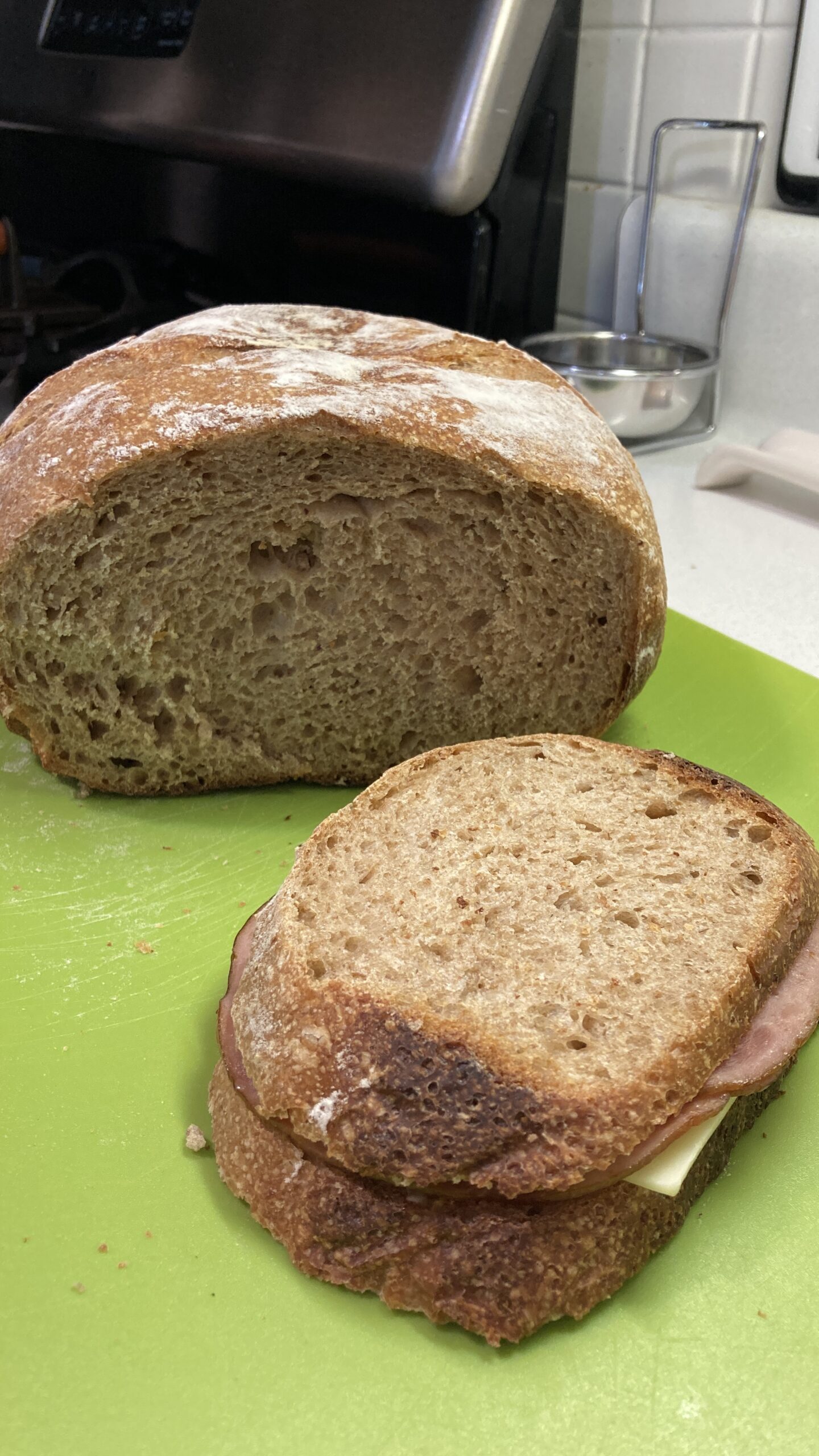
best method for baking sourdough bread
Traditional Sourdough Baking: What's Wrong with It?
The problem with traditional sourdough baking method is that it requires you to do several undesirable things:
- Daily or almost daily feeding of your sourdough starter. This entails removing half of the starter and replacing it with the equivalent volume of flour and water. This doesn't take up a lot of time, but it's still a daily commitment. What if you have to travel? What if you get sick? What if you're just too busy? What if you forget?
- What do you do with half of the starter you removed? If you're not going to bake that day, then you must throw away the starter. This is wasteful and also just sad. You worked hard to get your starter nice and active and now you're just going to throw it away? Okay, if it makes you feel better, you can chuck the starter into your compost. That is, if you compost. (I do, and even then it still doesn't feel right to me).
- You really don't want to throw away all that starter? Then bake. And bake often. This is all well and good if you have a large family and if they like to eat bread. If neither of these applies to you, then you're out of luck.
Introducing: The Sourdough Whisperer's Method
I thought I had to give up sourdough baking ... until I discovered the 'sourdough whisperer's method' of sourdough baking. I'm referring to Elaine Boddy, a self-taught sourdough baker and author of three books on sourdough baking (I have them all!). Elaine's method changed my baking life forever.
Why Is This the Best Method for Baking Sourdough?
I consider this the best method for sourdough bread baking because it eliminates all the pain points I mentioned above:
- You don't have to feed your starter daily. You only feed the starter when you want to bake.
- You don't have to throw away any starter. You maintain a small amount of starter in your fridge, about a half cup. Before baking, you add the amount of flour and water you need (by weight) to make the amount of starter the recipe calls for. For example, if the recipe requires 100 g of starter, then you stir 50 g of flour and 50 g of water into your starter. Then you remove the 100 g you need for the recipe. This means you're left with the original amount of starter you had (you can add a little extra, if you wish, to account for tiny bits that are 'lost' on the bowl and measuring cups etc.).
In addition, Elaine's method is easier than traditional sourdough baking on two more counts:
- It requires no kneading. Instead, you do a series of 'pulls and folds' at regular intervals. You let time do the work of developing gluten strands. Plus, you do the pulls and folds right in the bowl where you mixed the dough. There's no need to move the dough to your countertop. The pulls and folds are similar to the French kneading technique, but much easier.
- For most of the recipes, you don't have to preheat the oven. This is a big relief if you're like me and you never know when to switch on the oven so that it and the dough are ready at the same time. So you turn on the oven way earlier than you think you'll be baking to make sure it's preheated when the dough is ready, which means wasting a lot of either gas or electricity. Not ideal at all! Elaine has figured out a way of baking the sourdough bread in a cold oven. That's right, you switch the oven on when you place the dough inside. I wasn't sure it would work, but it does and I've never looked back! Of course, the option to preheat the oven is always there, if that's what you prefer.
This is what a set of 'pulls and folds' looks like:
What equipment do I need to bake sourdough?
You don't need a lot of equipment and tools to bake sourdough bread successfully. Most of the items below are optional. Or you could easily substitute something you already have.
Recommended Resources
Dutch oven
A Dutch oven is the ideal vessel to bake sourdough bread in! It gives your bread a nice oven spring, crusty exterior, and crunchy bottom. Great for cooking other dishes, too! This is optional, though. In Easy Everyday Sourdough, Elaine shows you how to bake sourdough bread in the cake pans you already have.
Pullman loaf pan
Bake your sourdough bread in a Pullman loaf pan if you want perfectly square slices. Great for sandwiches! (Elaine's books, Easy Everyday Sourdough and The Sourdough Whisperer, include recipes specifically for a Pullman loaf pan.
Here's a sourdough bread I baked in a Pullman loaf pan:
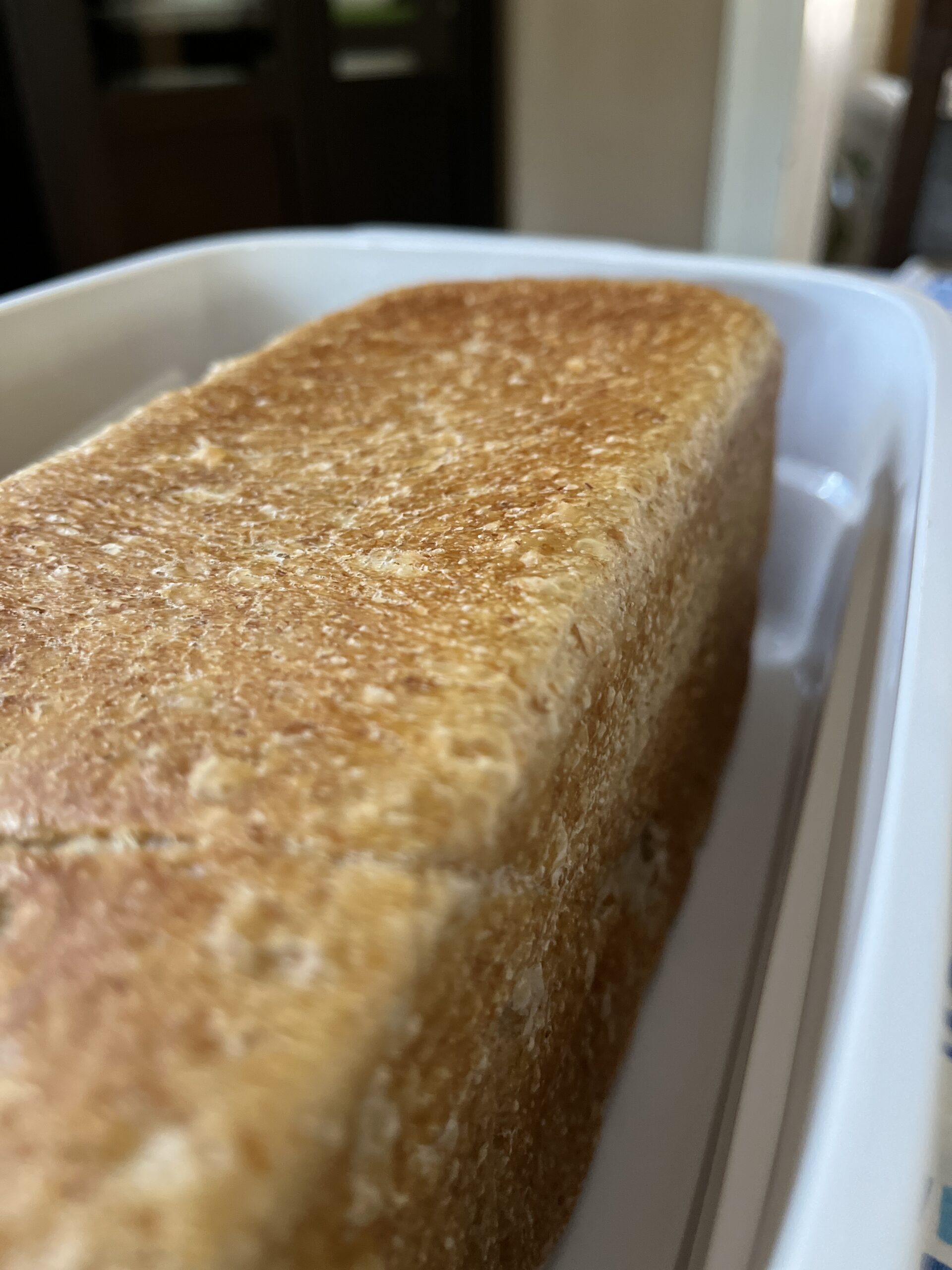
The Bottom Line:
If you want to succeed at sourdough baking, then try Elaine Boddy's method, which I've found to be the easiest, most practical approach to sourdough baking. With her books and a few pieces of equipment, you'll be baking delicious and nutritious sourdough bread in no time!
If you liked this post, submit your email address below to get new posts by email:

